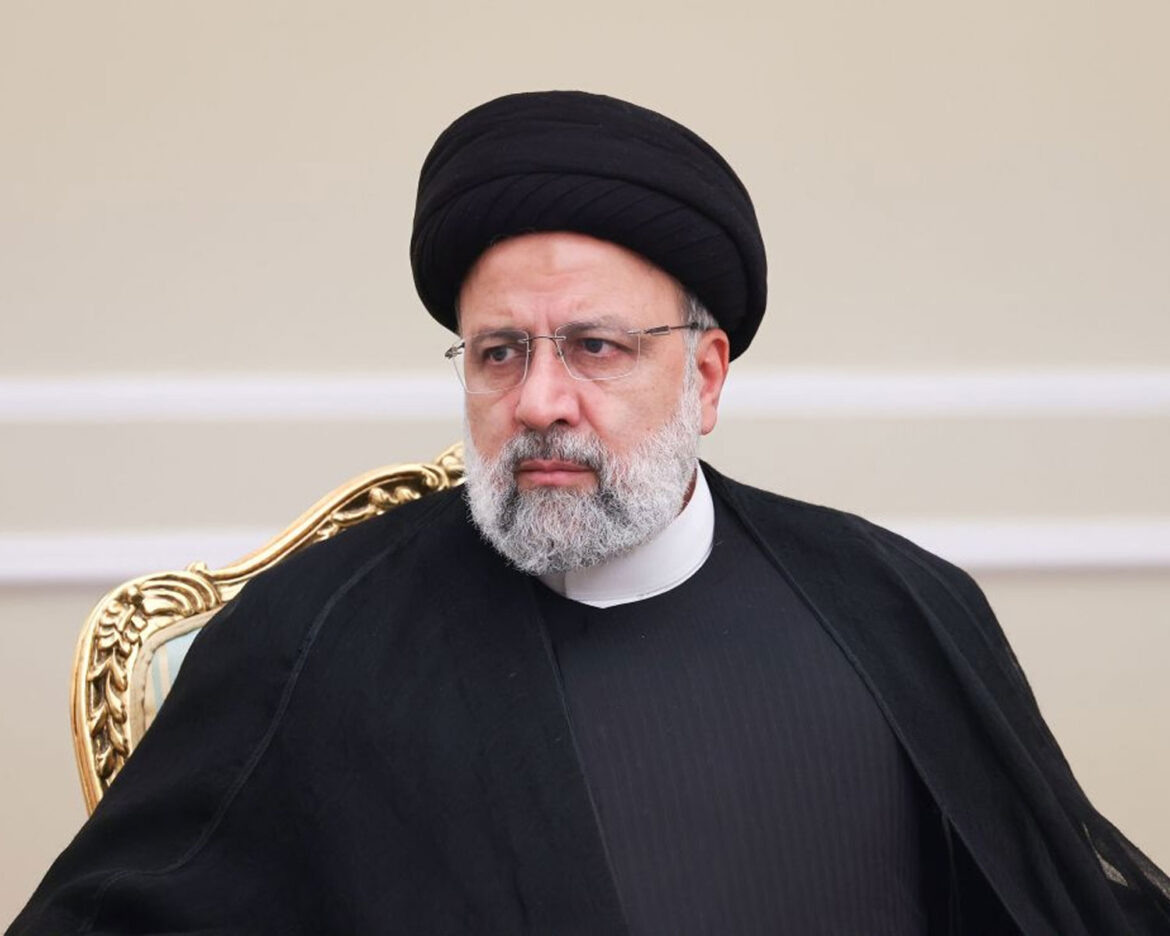TEHRAN — Iran’s final investigation into the tragic helicopter crash that claimed the life of President Ebrahim Raisi has concluded that severe weather conditions were the primary cause of the disaster. The official report, released on Sunday, attributes the crash to “complex climatic and atmospheric conditions” prevalent in northern Iran during the spring, according to state broadcaster IRIB.
The helicopter, which was carrying 63-year-old Raisi and his entourage, crashed on May 19 on a fog-shrouded mountainside, resulting in the death of the president and seven others. The crash also led to the announcement of snap elections. The investigation found that the sudden onset of a dense fog bank led to the helicopter’s collision with the mountain.
The investigation board stated that the incident was exacerbated by the “sudden emergence of a thick mass of dense and rising fog” which compromised the visibility and navigational capabilities of the aircraft. This conclusion aligns with earlier statements from Iran’s army, which had found no evidence of criminal activity related to the crash.
In August, conflicting reports surfaced, with the Fars news agency citing bad weather and alleged security protocol violations as contributing factors. Fars had claimed that the helicopter’s failure to ascend properly was due to the presence of two extra passengers, a claim which was later rejected by the Iranian armed forces. They maintained that the assertion of extra passengers violating security protocols was “completely false.”
The final report underscores that the investigation has been thorough and is intended to lay to rest any speculation or doubts regarding the causes of the crash.



